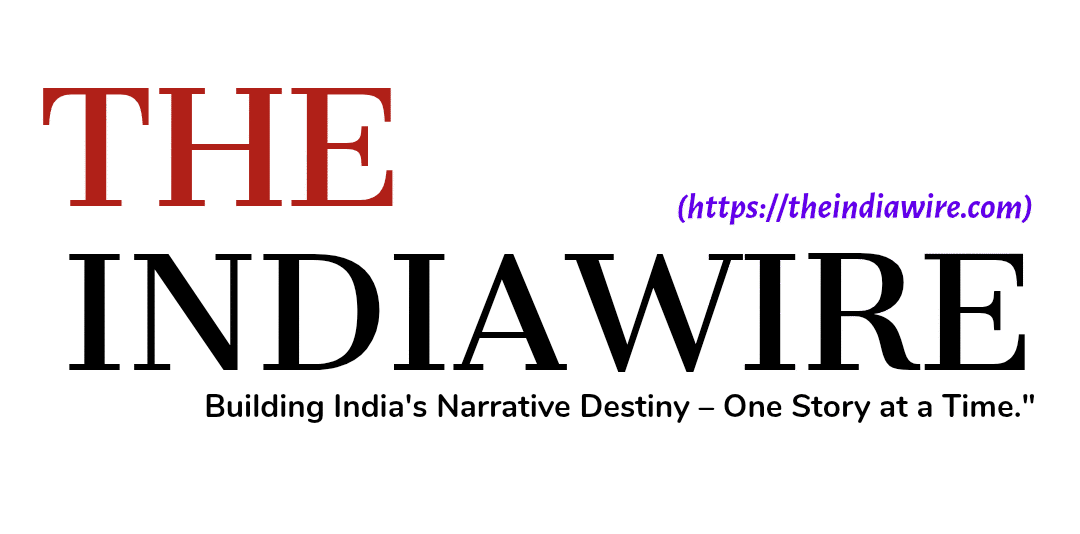You’ve likely seen those enticing advertisements for digital PR packages, promising extensive media coverage all starting at just ₹5999.00. But then, disappointment sets in when you realize your news isn’t even making it to Google’s search results. If you’ve fallen prey to such hollow promises, don’t worry—we’re here to guide you towards genuine PR success.
In the realm of digital marketing, the emergence of PR agencies that engage in deceptive practices is a troubling trend. These agencies often own websites with minimal traffic and yet insist that the coverage they provide on these platforms constitutes legitimate media exposure. This issue is not confined to the agencies themselves; clients are frequently misled into believing they are receiving genuine PR services. This deceptive practice has become particularly prevalent among international PR dissemination services.
To combat this, it is crucial for businesses and individuals seeking PR services to be able to distinguish between authentic online media and those that are not. Here are some guidelines to help identify real online media:
Domain Age: Genuine media outlets typically have a domain age of at least two years. This longevity suggests a sustained presence in the digital space, which often correlates with credibility.
Traffic Analysis: Websites with substantial and consistent traffic are more likely to be legitimate. Tools like Alexa and SimilarWeb can provide insights into a website’s traffic and user engagement.
Backlink Profile: A healthy number of backlinks from reputable sources is a good indicator of a website’s authority and legitimacy. Services like Ahrefs and Moz can be used to analyze a site’s backlink profile.
Content Quality: Authentic media outlets produce high-quality, original content. The presence of well-researched articles, in-depth reports, and professional journalism are hallmarks of a credible site.
Editorial Standards: Legitimate media organizations adhere to strict editorial standards and practices. They have clear policies regarding corrections, disclosures, and ethics.
Social Media Presence: A strong, active social media presence with substantial followers and engagement can also be a sign of a legitimate media outlet.
Industry Recognition: Awards, certifications, and memberships in professional organizations can further validate a media outlet’s authenticity.
By applying these criteria, businesses and individuals can better navigate the digital PR landscape and avoid falling prey to agencies that offer illusory PR services. It is essential to conduct thorough research and due diligence before engaging with a PR agency to ensure that the media coverage promised is indeed real and beneficial. Remember, authentic PR is about building a positive reputation through genuine and impactful media presence, not just about getting any coverage on any website.

